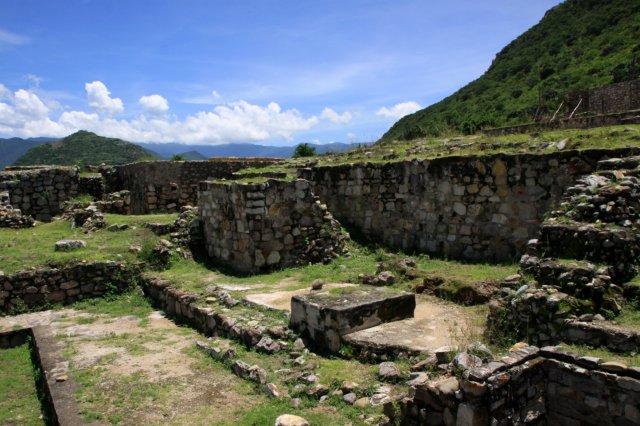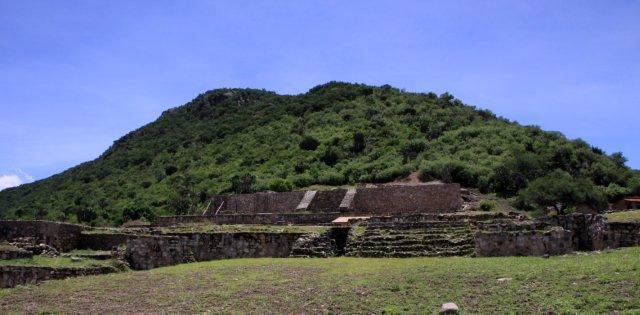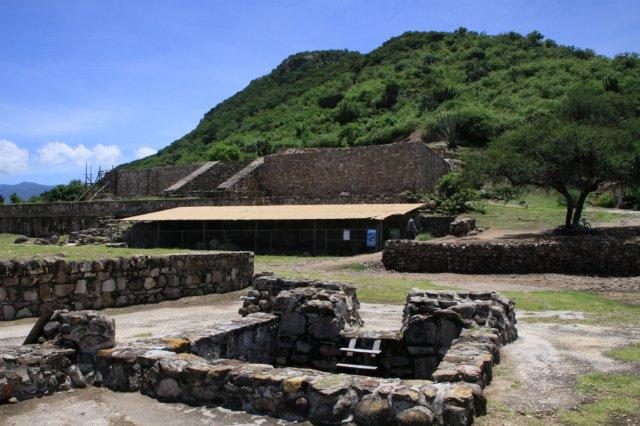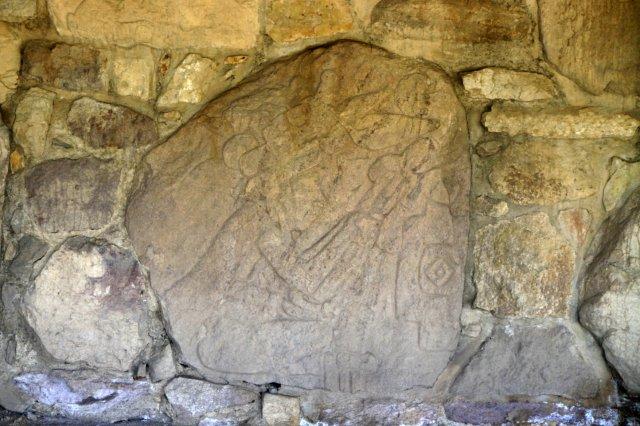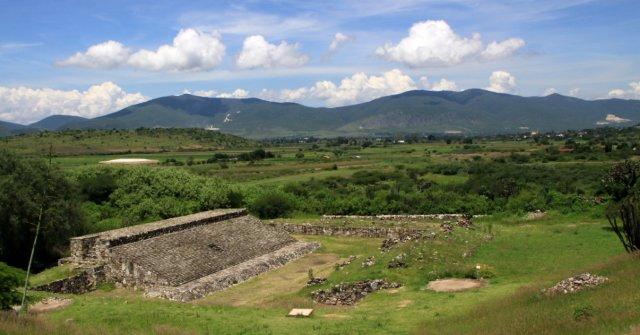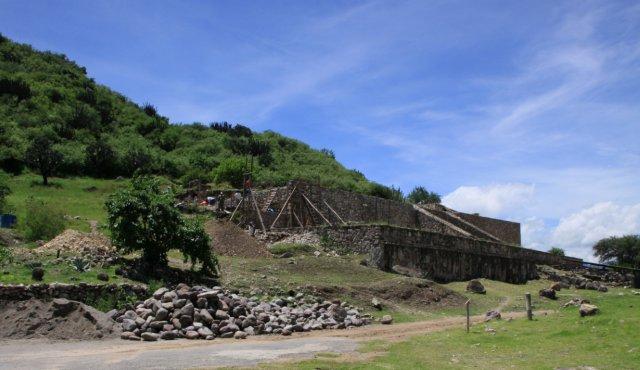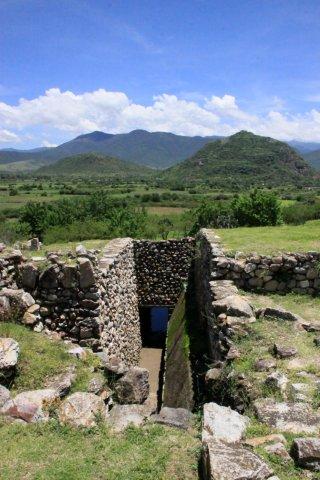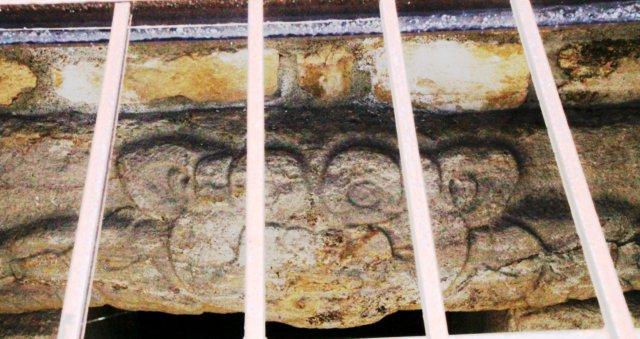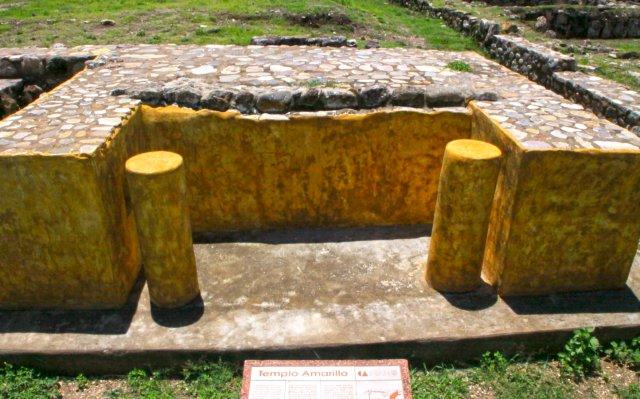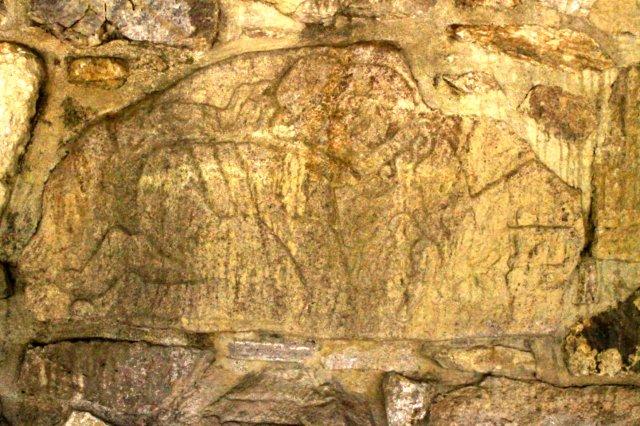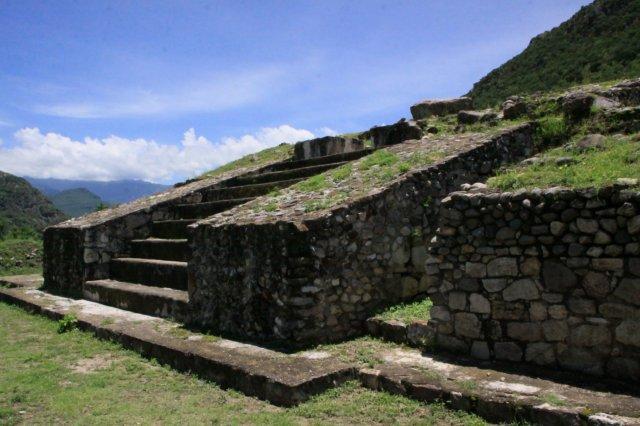|
Home
Regions
Planning & Info
RVing Archeology
Articles
Road Logs Insurance Photos Mexico News Ontheroadin |
|
Dainz˙
The founding chronology of Dainz˙ is uncertain. However, it seems possible that the site was occupied some centuries before the foundation of Monte Albßn, as evidenced by the corresponding Rosario Phase ceramics found in the Oaxaca central valleys (700 ľ 500 BCE). At that time, Dainz˙ was one of the main villages of Tlacolula Valley. It was contemporary of other important population centers such as San JosÚ Mogote at the Etla Valley. As was the case with the rest of the villages from the region, Dainz˙ must have contributed in the foundation of Monte Albßn. The Monte Albßn construction was a milestone that contributed to the population decline in the zone, Dainz˙ population decreased around 200 BCE. In spite of Monte Albßn important flourishing, Dainz˙ kept a dynamic of its own and positioned itself as one of the most important cities during the Classical mesoamerican period. Finally the decline of Monte Albßn caused relations reshuffling between the villages of the region, which also affected Dainz˙ and caused its decline.
The architectural style of this site is important due to the
unique structure characteristics that distinguish it from others
in the Valley of Oaxaca; these reflect a high artistic quality,
as in the case of the lower platform of building A, which has a
bas-reliefs gallery representing ballgame players.
|
*
|
|
|
What You Should Consider for Your Visit |
|
On the Road In - Mexico
editor@ontheroadin.com

